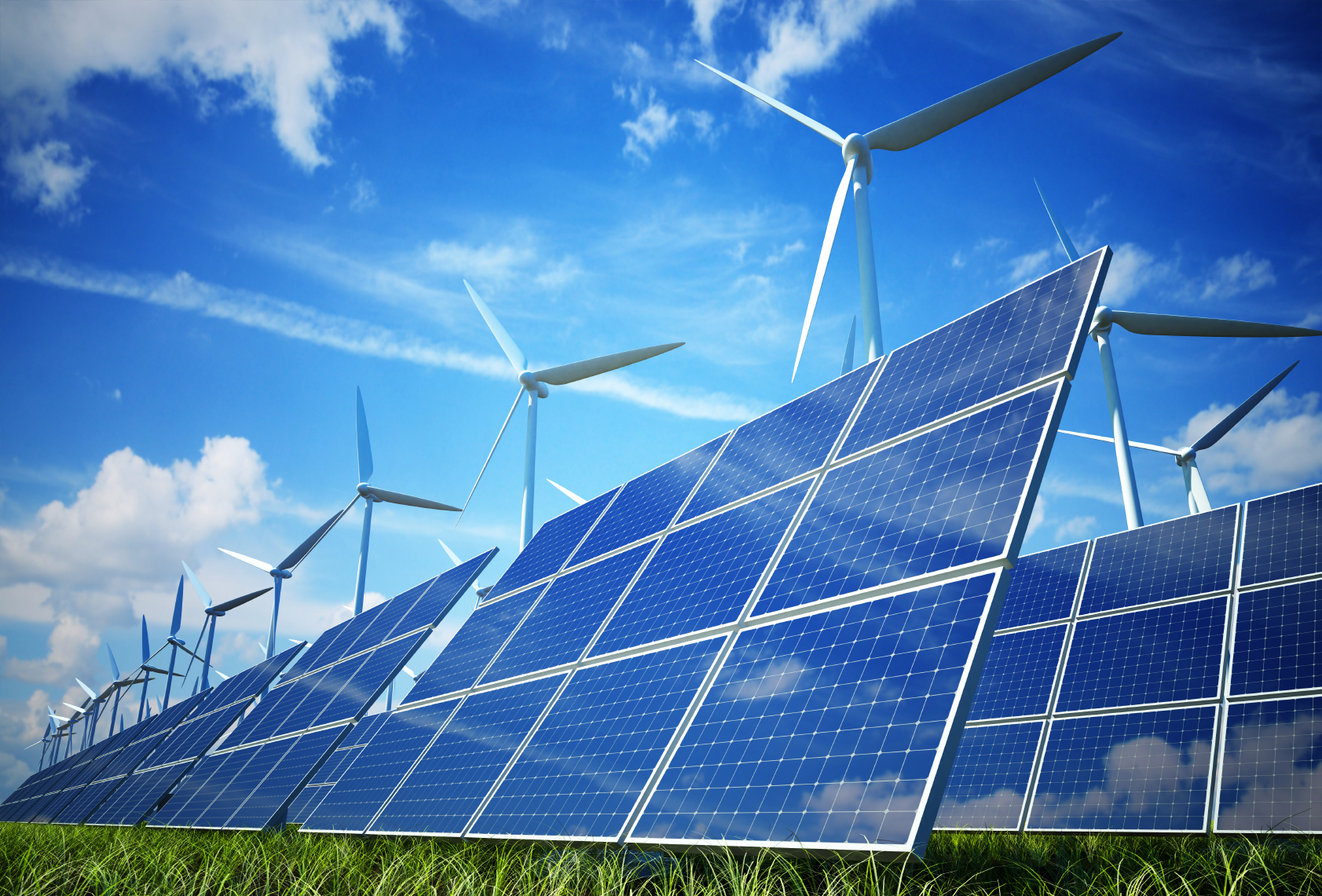India is among one of the countries having high potential for the development of alternative energy sources. India was the first country in the world to set up a ministry of non-conventional energy resources, in the early 1980s. India's cumulative grid interactive has reached 33.8 GW, of which 66% comes from wind, while solar power contributes nearly 4.59% along with biomass and small hydro power of the renewable energy installed capacity in India.
Major Renewable Energy sources:-
1. Wind Power
2. Solar Power
Wind Power:-
The development of wind power in India began 1990s, and has significantly increased in the last few years. Although a relative newcomer to the wind industry compared with the Denmark or the US, domestic policy support for wind energy has led India to become the country with fifth largest installed wind power capacity in the world. As of December 2013 the installed capacity of wind power in India was 20149.50 MW.
With the increasing focus on renewable sources of energy due to initiatives like Make In India, Wind Power is likely to become a developed energy resource, having a share of more than 50 % in the major energy sources in India.
Solar Power:-
India is densly populated and has a high solar insolation, an ideal combination for using solar power in India. A 35,000 km2 area of the Thar desert has been set aside for solar power projects sufficient to generate 700 to 2,100 gigawatts. Announced in November 2009, the Government of India proposed to launch its Jawaharlal Nehru National Solar Mission under the National Action Plan on Climate Change with plans to generate 1,000 MW of power by 2013 and up to 20,000 MW grid-based solar power, 2,000 MW of off-grid solar power and cover 20 million sq metres with collectors by the end of the final phase of the mission in 2020.
With the increasing focus on renewable sources of energy due to initiatives like Make In India, Solar Power is likely to another developed energy resource having a major share in the energy sources in India.









